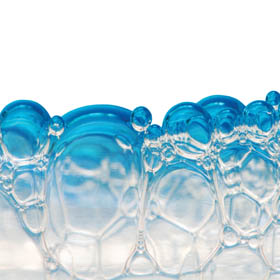It is interesting to note that while detergent-solubilized membrane proteins can be purified and concentrated through phase separation (which is a simple, efficient and cost-effective method that can be used for this purpose), most membrane protein scientists do not use this method or even know that such methods exist. To better understand and appreciate how this method works, here are some things you definitely need to know.
Phase Separation: Understanding the Basics
In a nutshell, phase separation (also known as cloud point extraction) refers to the state wherein the micelles in an aqueous solution become immiscible with water and form large aggregates that will separate from the water phase. This condition is usually achieved upon the addition of detergents or when the temperature or salt concentration of the solution is altered.







